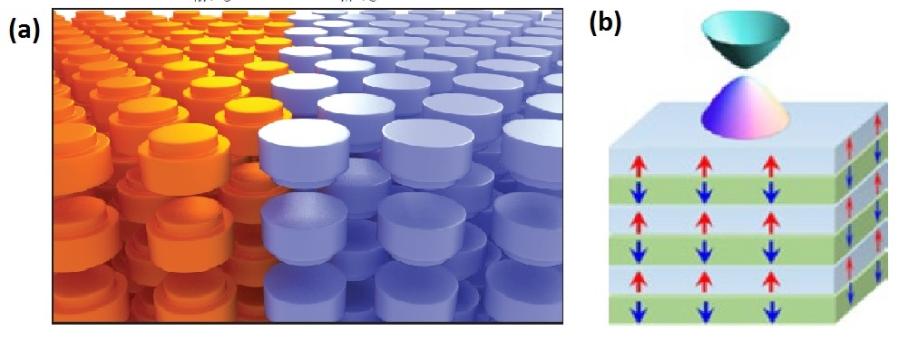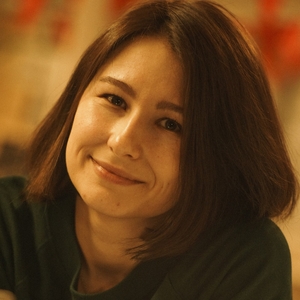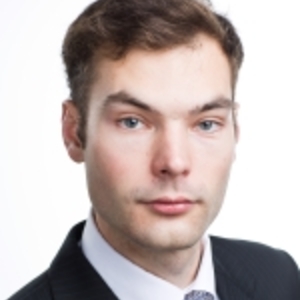The mystery of dark matter is one of the fundamental unsolved challenges in modern physics. A likely dark-matter candidate are axions, hypothetical particles that interact with ordinary matter extremely weakly and can be converted into a pair of photons in an external magnetic field.
While a number of research groups around the world are searching for cosmic axions, and the outcome of these studies is unknown in advance, there are solid-state systems that obey the equations of axion electrodynamics. Consequently, the collective excitations that they support are axions. Such structures can be realized both with time-reversal symmetry breaking (for example, Tellegen media) and with the preservation of this symmetry. In the latter case, the nonreciprocal bianisotropic response of the structure is quantized, and the material itself is called an axion topological insulator.
Overview of the results of our group in the area of topological photonics.
Responsibilities
Recently, axion topological insulators have been implemented in condensed matter physics. However, the synthesis and experimental study of such structures are difficult, which makes the creation of axion topological insulators in photonics highly relevant. The PhD project will be focused on this area, which is supported by the Priority 2030 program as one of the most promising at ITMO University.
Within the framework of the work on the project, we plan collaborations with the Nobel laureate Prof. Frank Wilczek and publications of the results in the world's most respected journals, included in the top 1% in terms of citations: Nature, Science, Nature Photonics, Nature Physics and Nature Communications.

(a) Photonic implementation of a weak 3D photonic topological insulator. This is not an axion insulator.
(b) Schematic illustration of an axion topological insulator in solid state physics. Such structures are not yet realized in photonics.
Requirements
- previous research experience in a related area of physics: photonics, condensed matter physics, or theoretical physics;
- at least one publication in an international peer-reviewed journal (not conference proceedings);
- good knowledge of English (Upper Intermediate B2 or a higher level);
- software package skills: Mathematica /Matlab/Python and Latex;
- solid skills in classical electrodynamics and quantum mechanics.
This would be an advantage:
- good presentation skills;
- software packages skills: CST Microwave Studio or Comsol Multiphysics;
- good skills in quantum optics and quantum field theory.
Conditions
- our group performs world-class research, confirmed by our papers in journals such as Nature Photonics, Nature Communications, Laser & Photonics Reviews, Advanced Materials, and others;
- young and professional team of Faculty employees, friendly environment;
- active collaboration with leading researchers around the world: USA, Europe, Asia, and Australia;
- internships in top research groups around the world;
- opportunity to travel to international conferences, as well as to visit foreign colleagues starting from the first year of PhD school;
- opportunities to increase your salary during your studies by winning PhD scholarships and grants;
- team building activities: weekly volleyball with colleagues, table tennis, New Year's corporate party, etc;
- work in the historic center of St. Petersburg.
Lomonosova st. 9, St. Petersburg, Russian Federation


